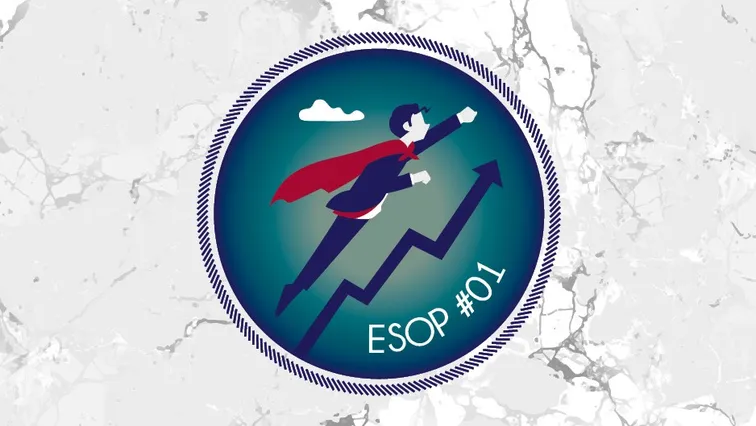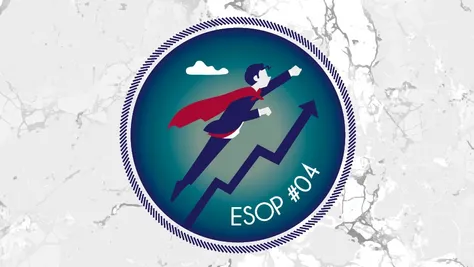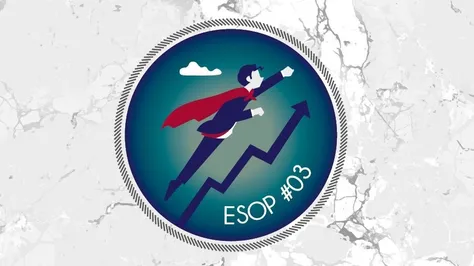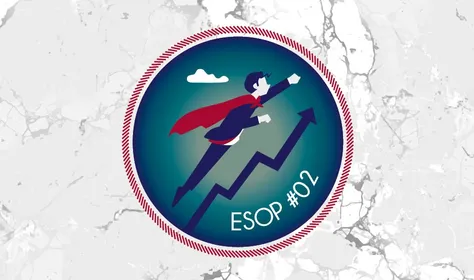We start “ESOP's” fables with a really interesting and important client, a large tech company with global ambitions, and a real challenge to find the right type of an employee stock ownership plan (ESOP) with regard to the specifics, requirements, and ambitions of the client.
It all starts with the client's decision
Our major client, a tech company worth over CZK 1 billion, which plans to quintuple its value within 5 years and in the medium term to carry out an IPO (public offering of shares) probably on one of the world's largest stock exchanges (primarily targeting the US stock exchange), came to us with a requirement to create a comprehensive ESOP that will help it secure its ambitions.
This in itself would not be unusual - we have implemented lower hundreds of ESOPs in various forms over the last few years and we are generally seeing a trend for more and more smaller and larger companies to offer key managers the conditions to stay motivated and stay with the company for the long term. The specificity of this client's requirements was in the segment in which it is doing its business and in the highest possible ambitions this client has. At this point, it must be emphasised that the client has a real potential (thanks to its capabilities and the products offered) to fulfil these ambitions without fail. Of course, it was even more of a challenge and commitment for us.
The client and its requirements
As already mentioned, our client is a tech company and for its success it needs a large number of IT experts and managers that are desperately scarce on the Czech market (this applies to all markets where the client currently operates and where it is expanding) and are often poached by competitors through repeated offers of increased remuneration. For this reason, finding the right, and more importantly long-term motivation for these people was absolutely crucial to the client’s future success.
Ambitions are important, of course, but for truly global ones, setting up a suitable ESOP can be a bit complicated - the main aspect was the client's requirement for the number of people to participate in the ESOP. The client has already requested that we set up an ESOP for approximately 100 to 200 managers, with the expectation that this number may increase significantly in the future.
For such large ESOPs, we have found it very useful to divide the whole process into two phases: (1) the analytical phase and (2) the implementation phase.
By a solution the whole story continues
If someone ever tells you that there is one particular ideal ESOP for you without taking an effort to get to know you, the company and the managers, you know that person doesn't have much experience in setting up a suitable plan. The founders (major shareholders or partners) of a company, but also the managers and their motivations and expectations are always different, and for this reason there is a real variety of different ESOPs with different advantages and disadvantages. We thus presented the client with a number of different options and sub-options, including their economic and tax implications.
Given the number of managers, it would be very difficult to implement any form of ESOPs where the persons concerned would acquire a shareholding or shares in a particular entity, as the subsequent management of such entity, profit distribution or changes would be extremely challenging. At the same time, we would complicate the client's options for an IPO and a possible strategic buyout.
Over time, together with the client, we identified the most suitable option that met the client's requirements, which the client presented to a group of managers to get feedback, especially on whether the managers understood the option and considered it highly motivating. The response to the chosen option was great, and we could proceed to its implementation.
Together with the client, I believe we have chosen a very elegant solution to the needs of the client and its managers. The solution was to issue innominate (i.e., unnamed) securities, taking advantage of the flexibility of these securities and their attractiveness to the managers in the form of retail investors.
Of course, the devil is and has been in the details, so it took a lot of time on the part of the client, the managers and our experts to find a perfectly working ESOP and set everything up in complete documentation (issue terms, subscription agreements and other related documents), including accounting and tax implications.
We will present the form of this ESOP in more detail probably in the future, but also this option must be properly set up for the specific company, founders, and their managers. There are no shortcuts or simple one-size-fits-all solution in ESOPs either, and the more time invested by the client, the more effective and successful the ESOP will be.







